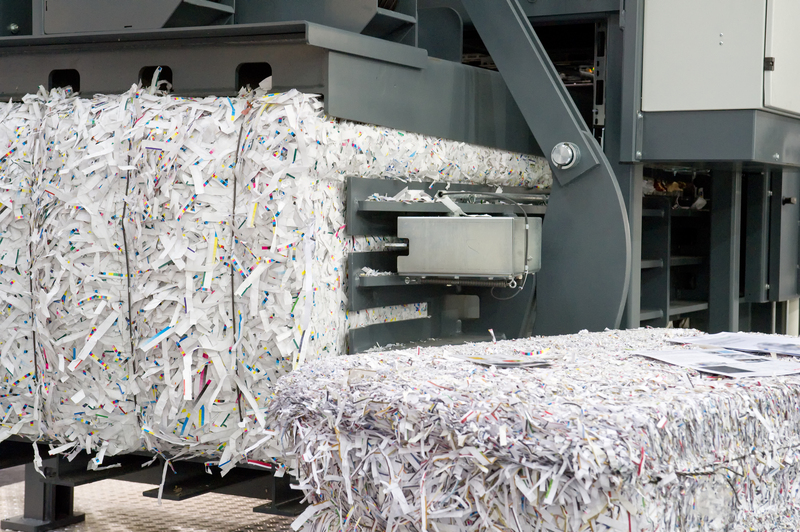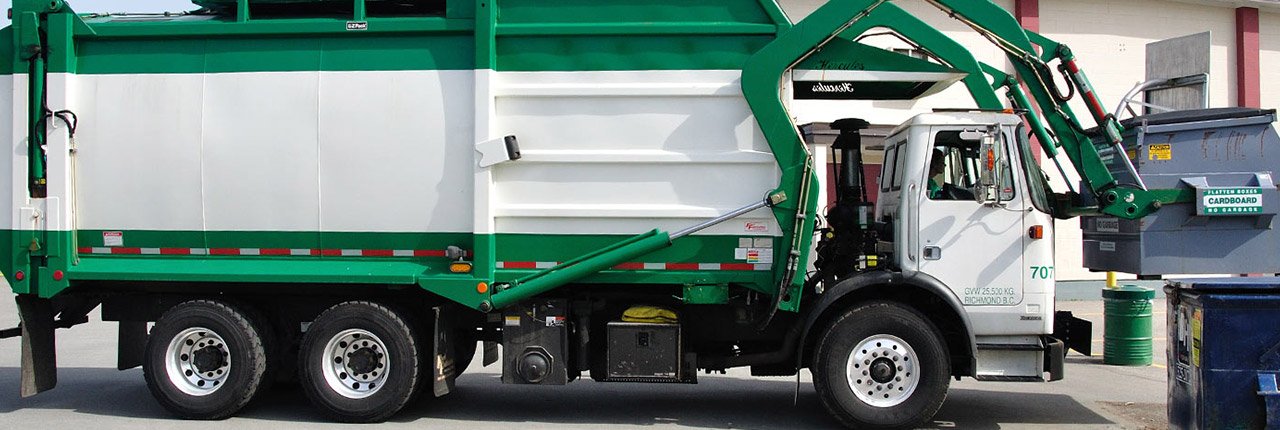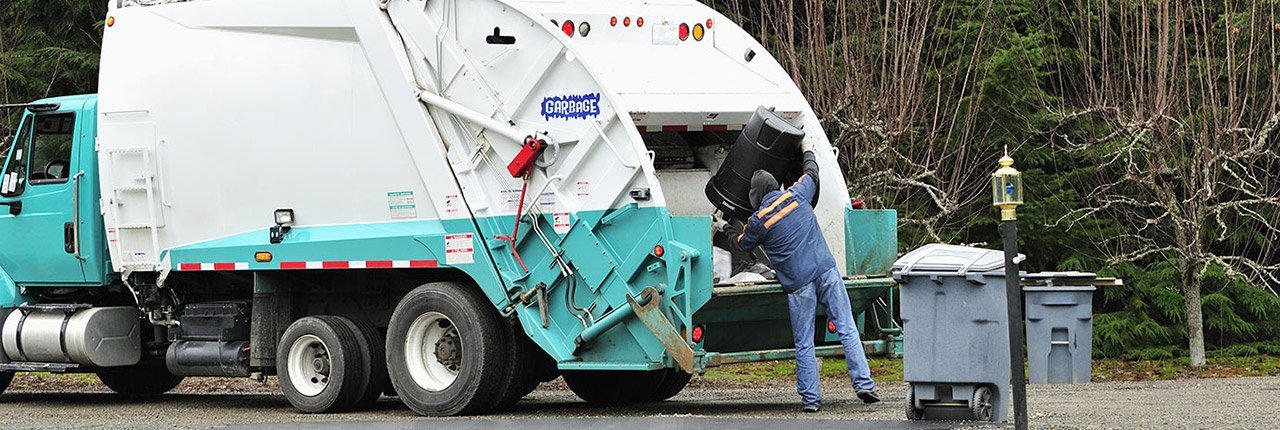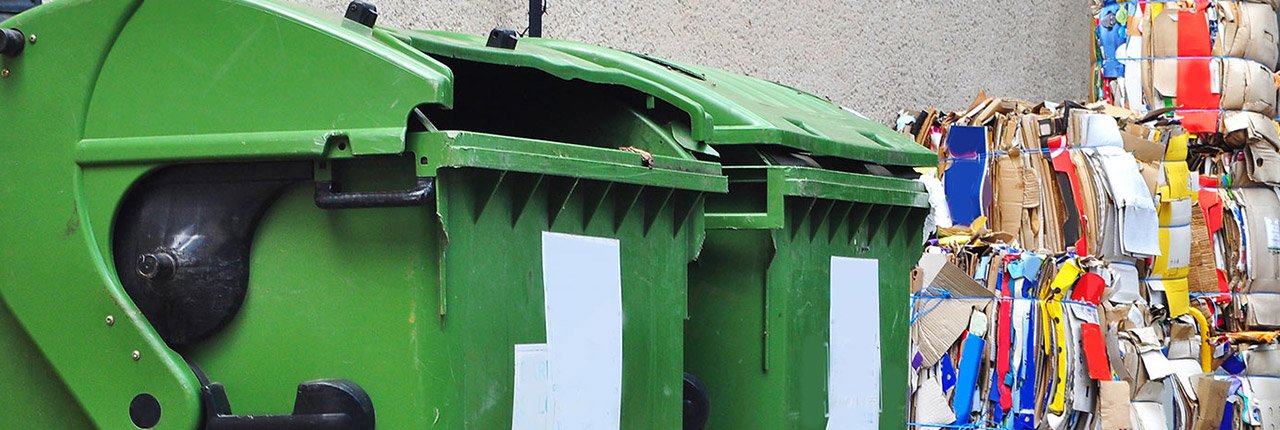Choosing Wisely: The Plastics to Skip for Healthier Living
Posted on 19/09/2025
Choosing Wisely: The Plastics to Skip for Healthier Living
Plastic is everywhere: in food wrapping, water bottles, children's toys, kitchenware, and even the clothes we wear. It's an undeniable part of modern life. But did you know that not all plastics are created equal? In recent years, growing scientific evidence points towards the need to select plastics carefully for better health and well-being. In this comprehensive guide, we'll explore which plastics you should avoid, why they might be harmful, and how to make safer choices for yourself and your family.
Why Choosing the Right Plastics Matters
Every time you store leftovers, sip from a plastic straw, or microwave food in a plastic container, you're making choices that can impact your health. Certain types of plastic can leach harmful chemicals--especially when heated or worn down by use. These chemicals, including bisphenol A (BPA), phthalates, and others, have been linked to a host of health issues:
- Hormonal disruptions
- Increased risk of certain cancers
- Developmental issues in children
- Potential fertility problems
- Higher likelihood of metabolic disorders
By identifying the plastics to skip and minimizing their presence in your daily life, you take a significant step towards healthier living.

Understanding Plastic Types: Decoding the Resin Identification Code
Most plastic products are marked with a Resin Identification Code--a number from 1 to 7 inside a triangle. This code tells you what type of plastic you are dealing with. Here's what each number means:
- 1: Polyethylene Terephthalate (PET or PETE)
- 2: High-Density Polyethylene (HDPE)
- 3: Polyvinyl Chloride (PVC)
- 4: Low-Density Polyethylene (LDPE)
- 5: Polypropylene (PP)
- 6: Polystyrene (PS)
- 7: Other (Usually Polycarbonate, BPA, or mixtures)
Plastics You Should Skip for Healthier Living
To ensure a healthier lifestyle, it's important to identify and avoid the most problematic plastics. Here's what you need to know about each type--and which ones to steer clear of.
1. Polyvinyl Chloride (PVC) - Plastic #3
PVC is commonly used for cling wraps, some food packaging, plumbing pipes, and children's toys. It contains a range of chemicals, including phthalates, which are added to make PVC softer and more flexible. These chemicals can leach into food and beverages and have been linked to hormonal disruptions, reproductive disorders, and even certain cancers.
- Common Products: Food wrap, shower curtains, inflatable toys, plumbing pipes
- Risks: Phthalate exposure, potential dioxin release during manufacturing
Recommendation: Skip products with #3 or "PVC" for anything related to food, drink, or direct skin contact.
2. Polystyrene (PS) - Plastic #6
Polystyrene, also known as Styrofoam, is used in foam cups, disposable food containers, egg cartons, and packing peanuts. PS can leach styrene, a possible human carcinogen, especially when heated or used with oily or acidic foods.
- Common Products: Coffee cups, take-out containers, plastic cutlery, packaging foam
- Risks: Possible carcinogen, especially problematic for hot foods and drinks
To promote healthier living, avoid polystyrene products, especially for food and beverages.
3. "Other" (Often Polycarbonate, BPA) - Plastic #7
Plastic code #7 covers a wide range of plastics, but most notably polycarbonate, which often contains BPA (bisphenol A). BPA can disrupt hormone function and has been associated with reproductive problems, heart disease, and obesity. Although many manufacturers have started producing "BPA-free" plastics, the substitutes may not always be safer.
- Common Products: Reusable water bottles, baby bottles (older versions), some food containers, can linings
- Risks: Hormone mimicking, potential developmental effects in children
Best Practice: Skip #7 plastics, unless you are certain they are BPA-free and labeled as food-safe alternatives.
Questionable Plastics: Use With Caution
While some plastics are safer, even those considered "better" are not entirely without risk. Here are a couple to use with care:
1. Polyethylene Terephthalate (PET or PETE) - Plastic #1
Found in single-use water bottles, soda bottles, and some food containers. Although considered safe for single use, reusing PET bottles can cause them to break down and potentially leach chemicals, especially when exposed to heat.
2. Low-Density Polyethylene (LDPE) & Polypropylene (PP) - Plastics #4 and #5
Considered among the safer choices for food storage, but still might release chemicals if overheated--in microwaves or dishwashers.
Which Plastics Are the Safest?
When you must use plastic, opt for the following:
- High-Density Polyethylene (HDPE) - #2: Milk jugs, some juice bottles, and heavy-duty food containers. It is resistant to leaching chemicals.
- Low-Density Polyethylene (LDPE) - #4: Bread bags, frozen food bags, squeezable bottles. Generally safe for food contact, but do not use with hot foods.
- Polypropylene (PP) - #5: Yogurt cups, lunch containers, some baby bottles, and reusable microwave containers. Withstands heat better than many plastics.
These choices are generally considered the safest for food contact--but where possible, opt for non-plastic alternatives like glass, stainless steel, or ceramic.
Health Concerns: What the Science Says
Understanding the health impact of plastics is crucial to making informed decisions. Here's an overview of key chemicals of concern:
1. Bisphenol A (BPA)
Used to make polycarbonate plastics and epoxy resins. BPA is a known endocrine disruptor, meaning it can interfere with natural hormone functions. It can "leak" into food or beverages when containers made with BPA are heated or scratched.
2. Phthalates
These are used to increase plastic flexibility, especially in PVC. Like BPA, phthalates are linked to hormonal imbalances, reproductive problems, and an increased risk of asthma and allergies in children.
3. Styrene
A chemical in polystyrene, which may be carcinogenic to humans and can leach into food, especially hot or acidic items.
Practical Tips: How to Avoid Harmful Plastics
Ready to reduce your exposure to risky plastics and foster healthier living? Here's how:
- Read the Resin Code - Check for the number inside the triangle on all plastic products.
- Avoid #3 (PVC), #6 (Polystyrene), and #7 (Other, especially polycarbonate) wherever possible.
- Never heat food in plastic containers that are not labeled microwave-safe.
- Avoid microwaving or dishwashing anything not specifically rated for heat resistance.
- Switch to glass, stainless steel, or silicone containers for food storage and cooking.
- Steer clear of single-use plastics and try reusable, safer alternatives.
- Choose BPA-free and phthalate-free labeled products, but also do your research on substitutes.
Beyond Health: The Environmental Impact of Plastics
While the primary focus of choosing plastics wisely is personal health, there's also an enormous environmental benefit to limiting reliance on problematic plastics. PVC, polystyrene, and "other" plastics are harder to recycle, often ending up in landfills or as ocean pollution, where they break down into dangerous microplastics.
- PVC and polystyrene release toxic pollutants during production and disposal.
- Plastic waste harms marine life and can contaminate water supplies.
Choosing safer plastics--or better yet, reusable alternatives--not only protects your body but also contributes to a healthier planet.
Summary Table: The Plastics to Skip and Safe Alternatives
| Resin Code | Type | Common Uses | Health Concern | Skip or Safe? |
|---|---|---|---|---|
| 1 | PET (Polyethylene Terephthalate) | Water bottles, soda bottles | Reuse concerns, may leach when damaged | Safe for single use; skip reusing |
| 2 | HDPE (High-Density Polyethylene) | Milk/juice jugs, food containers | Low risk | Generally safe |
| 3 | PVC (Polyvinyl Chloride) | Food wrap, toys, pipes | Phthalate leaching, dioxins | Skip |
| 4 | LDPE (Low-Density Polyethylene) | Bread/frozen food bags | Low risk | Generally safe |
| 5 | PP (Polypropylene) | Yogurt/food containers, straws | Low risk | Generally safe |
| 6 | PS (Polystyrene) | Coffee cups, takeout containers | Leaches styrene, carcinogenic risk | Skip |
| 7 | Other (often Polycarbonate, BPA) | Baby bottles, water bottles | BPA and other unknown risks | Skip unless specifically marked as safe |

Frequently Asked Questions: Choosing Plastics for Healthier Living
- Is all plastic harmful?
Not all plastics pose the same health risks. Some, like HDPE and PP, are considered safer, while others like PVC and polystyrene are best avoided. - Can I use plastic containers in the microwave?
Only if they are clearly marked as microwave-safe. Heating plastic increases the risk of chemical leaching. - Are BPA-free plastics safe?
BPA-free is safer, but some substitutes may still pose risks. Research product labels and look for independent certifications. - Should I stop using plastic altogether?
Start by minimizing your use of the most problematic plastics and switching to safe or non-plastic alternatives when possible.
Conclusion: Make the Wise Choice for Healthier Living
By choosing plastics wisely, you not only protect your health but also support a more sustainable world. Skip plastics like PVC (#3), polystyrene (#6), and most "other" plastics (#7)--especially for food, drink, and personal care products. Opt for safer plastics when necessary, and where possible, transition to glass, stainless steel, and silicone for the healthiest, most eco-friendly lifestyle.
Your small daily decisions can add up to a healthier, happier life--so start making smarter choices with plastics today!







